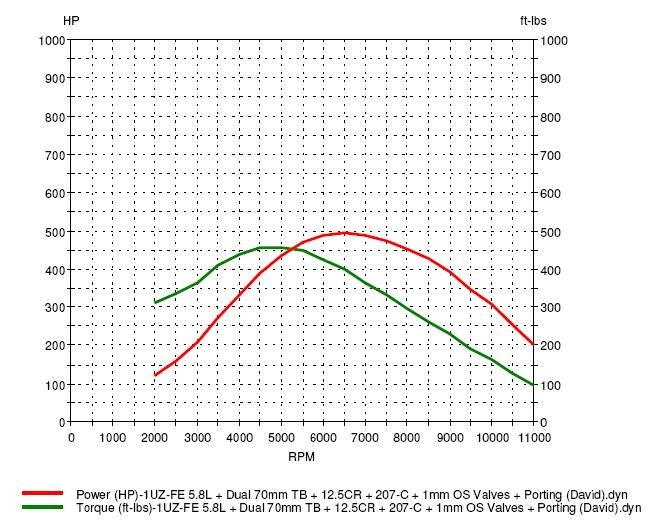Lextreme II
Active Member
Lowboost is on the money. Due to the MID and sleevings, the block actually is weaker. However, boosting would be a built 4.7 with massive boost.

turboteener said:Titanium rods will not make any more HP than standard steel rods in a normal street application. Although your car will feel much faster because you just came of all the wieght of that money for the rods. IN a race application you can make more power by being able to rev the engine higher for a longer period of time..

3.7"( might be slightly bigger than 3.7, like maybe 3.750 or something ) sleeves and a 3.5" stroke crank. The new motor they have for this years season is bigger with the same bore with a 3.75" stroke.turboteener said:How did they get the 5.0 out of the 1UZ?
turboteener said:The reduce rotating losses, correct, but in and of themselves they really don't free up that much HP. Unless you are running a carbon fibre driveshaft, aluminum, flywheel, lightened crank, gundrilled axles, manual transmission with straight through final drive, lightened rear gears, lightened hubs, and lightwieght wheels, you really will not see much of an improvement. There are many other things that you can put 2500$ towards before you need to worry about TI connecting rods.
